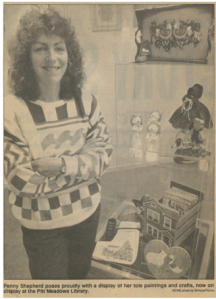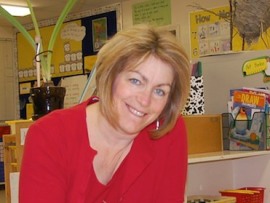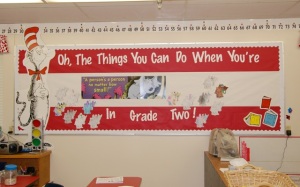What drives a young teenage girl to suicide? Rosalyn (pseudonym) had lost all hope of overcoming her learning disabilities and in an attempt to end her life on Wednesday drank anti-freeze. The doctors believe her mother found her “just-in-time”. Today is day 3 of her survival. She has had dialysis twice and there is hope of recovery. However, she is angry and sad because her efforts were unsuccessful. Her parents are confused and in shock. Rosalyn is an example of those children Dr. Siegel writes about in her book Understanding Dyslexia and Other Learning Disabilities (ISBN 978-1-926966-29-8).
In Dr. Siegel’s Introduction we read, “We live in the midst of an educational tragedy. Schools are failing to identify and treat many children with dyslexia and other learning disabilities. There is a battle among parents, teachers, educational bureaucrats, and related professionals, with children caught in the crossfire. There are no guns, tanks and explosives in this conflict. The weapons in this struggle are complicated laws, requirements for extensive testing to identify a learning disability, destruction of students’ self-esteem, belittlement of parents’ and teachers’ concerns, inadequate teacher training, blaming academic failure on behavioural problems, and erecting senseless barriers to reform. The result is tragic. Many children who struggle with learning become nameless, faceless ghosts haunting our schools and later our jails and mental institutions, or living dangerous and aimless lives as homeless people on our streets. Some die at a young age from drug overdoses or suicide, the ultimate nightmare of parents” (emphasis my own, p. 13).
If you are the praying type I covet your prayers for Rosalyn and her family as well as all of the children “caught in the crossfire.”






 Oh, the things you can do when you’re in Grade 2!
Oh, the things you can do when you’re in Grade 2!
